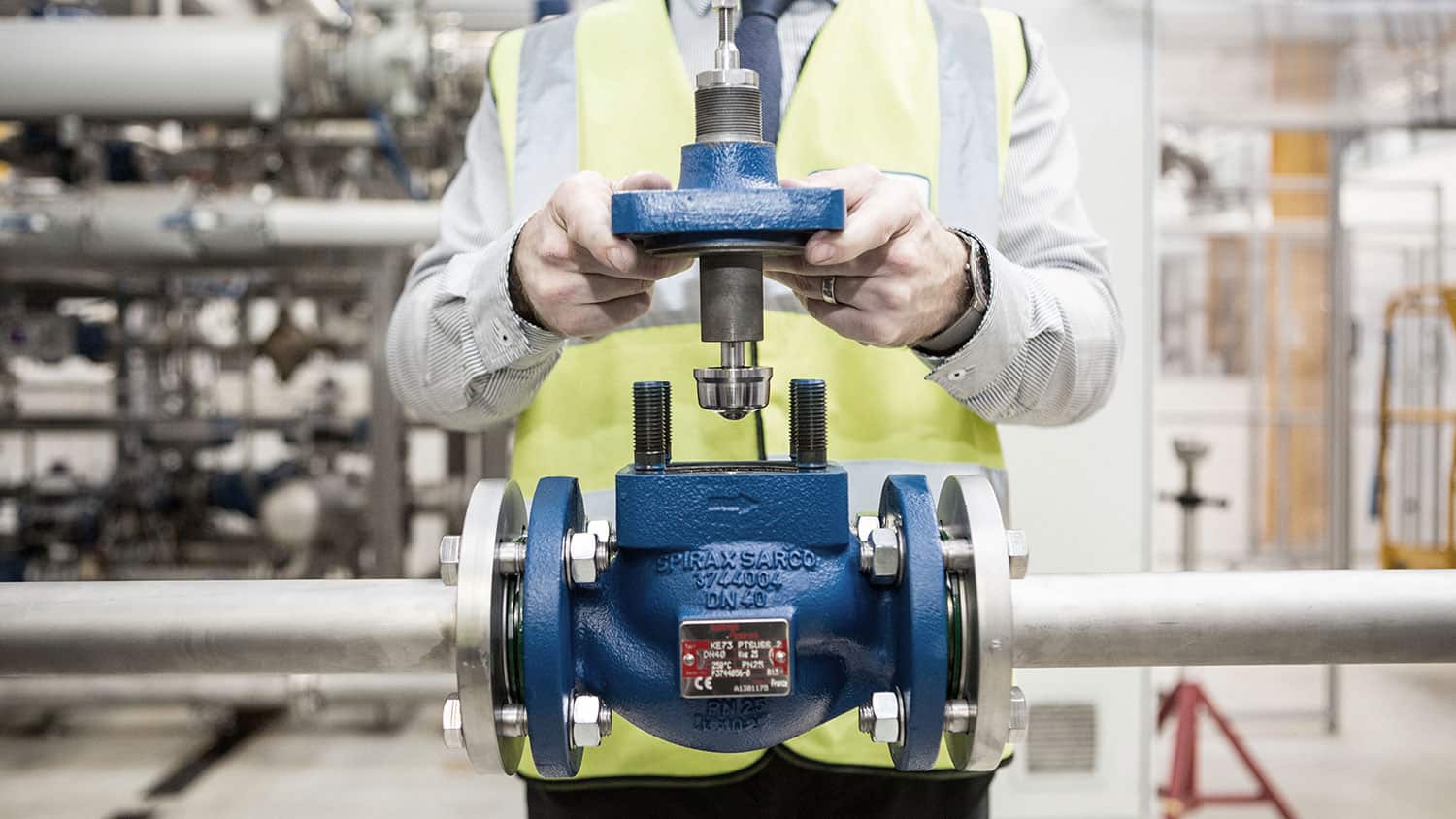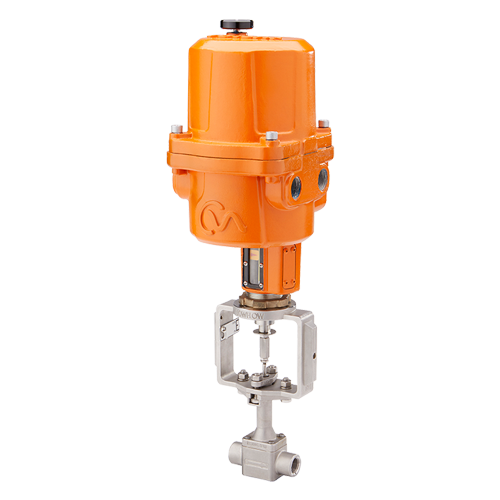Cutting-edge Control Valves: Enhancing Precision and Integrity
Cutting-edge Control Valves: Enhancing Precision and Integrity
Blog Article

Maximize Energy Savings and Comfort With Advanced Structure Automation Controls
In the realm of modern-day style and center management, the assimilation of innovative structure automation regulates stands as a crucial innovation. By using the power of automation, buildings can adjust, respond, and progress in ways that were as soon as unthinkable.
Energy Effectiveness Benefits
Power performance advantages can significantly decrease power intake and functional costs in structures. Energy-efficient systems, such as innovative structure automation controls, can enhance the use of resources like air conditioning, illumination, and heating, leading to lower power expenses over time.
Furthermore, improved energy efficiency can extend the life-span of building tools and systems. By running much more effectively, HVAC systems, lighting components, and various other building elements experience less wear and tear, leading to decreased upkeep and substitute costs. In addition, energy-efficient buildings frequently regulate greater building values and rental rates, supplying long-lasting economic benefits to owners.
Furthermore, power effectiveness can enhance occupant comfort and efficiency. Properly managed indoor environments with optimum lights and thermal problems develop a more helpful and pleasant work space, causing enhanced worker complete satisfaction and efficiency. Overall, the power effectiveness benefits related to sophisticated building automation controls are diverse, encompassing price financial savings, environmental stewardship, and owner wellness.
Enhanced Convenience Control
Enhancing comfort control in building atmospheres needs a sophisticated combination of sophisticated automation systems for optimum owner health. By using innovative structure automation controls, centers can tailor the indoor environment to fulfill the particular requirements and preferences of passengers. control valves.
Boosted comfort control surpasses basic temperature level modifications. It consists of functions such as individualized settings, tenancy sensors, and natural light utilization to produce a vibrant and receptive atmosphere. By incorporating these innovative controls, buildings can not only improve convenience yet additionally improve energy effectiveness by optimizing system operations based on real tenancy and usage patterns. Eventually, focusing on occupant convenience through sophisticated automation systems brings about a much more delightful and healthier indoor setting.
Operational Effectiveness Improvements

Moreover, the application of real-time monitoring and analytics devices makes it possible for structure drivers to identify energy inefficiencies and functional anomalies promptly. By continuously keeping track of energy usage patterns and system efficiency metrics, adjustments can be made this post in real-time to optimize power usage and ensure peak functional efficiency. control valves. In addition, incorporating demand action methods right into structure automation controls can additionally improve operational effectiveness by dynamically changing power usage based on grid problems and rates signals
Indoor Climate Optimization
Reliable interior climate optimization is a fundamental aspect of building automation controls, making sure residents' comfort and wellness while making the most of energy cost savings. By making use of advanced sensors and controls, constructing automation systems can continuously readjust and keep an eye on temperature, moisture levels, air high quality, and ventilation to produce an ideal indoor environment. Keeping regular and comfortable problems not only enhances occupant satisfaction however additionally improves productivity and total well-being.
Interior climate optimization additionally plays a critical duty in power effectiveness. By fine-tuning air conditioning, ventilation, and heating systems based upon real-time information and tenancy patterns, building automation controls can click over here significantly minimize energy consumption - control valves. For example, applying techniques such as demand-controlled air flow and thermal zoning can assist minimize energy waste while ensuring that each location of the building gets the needed conditioning.

Sustainable Environment Development
Structure automation regulates not just enhance interior climate problems for energy efficiency and resident convenience however also lay the foundation for producing a lasting atmosphere through tactical management of systems and resources. By integrating advanced structure automation technologies, such as sensors, actuators, and smart software application, centers can adjust and keep an eye on power usage in real-time to minimize waste and reduce their carbon impact. These systems enable predictive upkeep, identifying prospective problems before they escalate and maximizing devices performance to boost durability and performance.
In addition, lasting environment production prolongs beyond power management to encompass water preservation, waste reduction, and indoor air quality renovation. Building automation controls can regulate water use, find leakages, and guarantee proper garbage disposal practices, adding to general sustainability efforts. Additionally, by keeping track of and regulating ventilation and filtration systems, these innovations enhance resident health and productivity while reducing power intake connected with a/c operations.
Final Thought
To conclude, advanced structure automation regulates offer substantial benefits in regards to power financial savings, convenience control, operational effectiveness, indoor climate optimization, and developing a sustainable environment. By executing these controls, buildings can attain optimum performance while decreasing energy usage and enhancing owner comfort. It appears that using sophisticated automation innovation is crucial in boosting building efficiency and developing a more lasting future.
Energy efficiency advantages can dramatically lower energy usage and operational prices in structures. In general, the power performance advantages connected with innovative building automation controls my company are complex, incorporating cost financial savings, ecological stewardship, and owner health.
Furthermore, integrating need reaction techniques into structure automation controls can further improve functional performance by dynamically changing energy use based on grid problems and pricing signals.
Structure automation controls not just optimize indoor climate conditions for power performance and resident comfort yet likewise lay the structure for producing a sustainable environment with strategic monitoring of resources and systems.In final thought, advanced building automation controls deal significant benefits in terms of power savings, convenience control, operational performance, interior climate optimization, and developing a lasting atmosphere.
Report this page